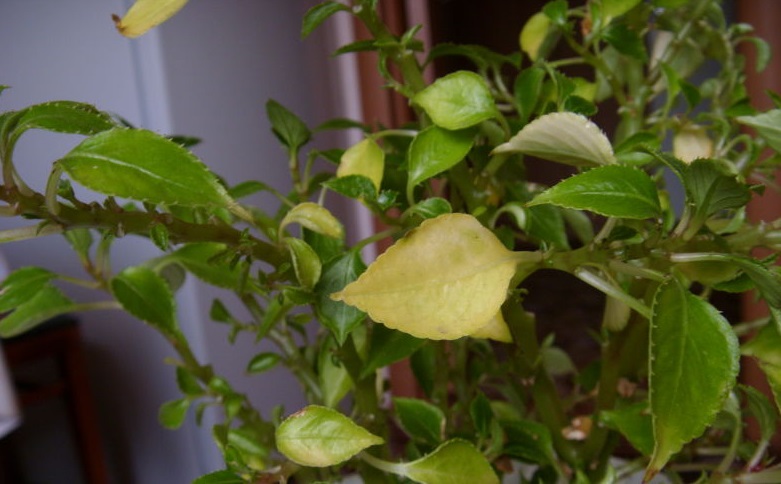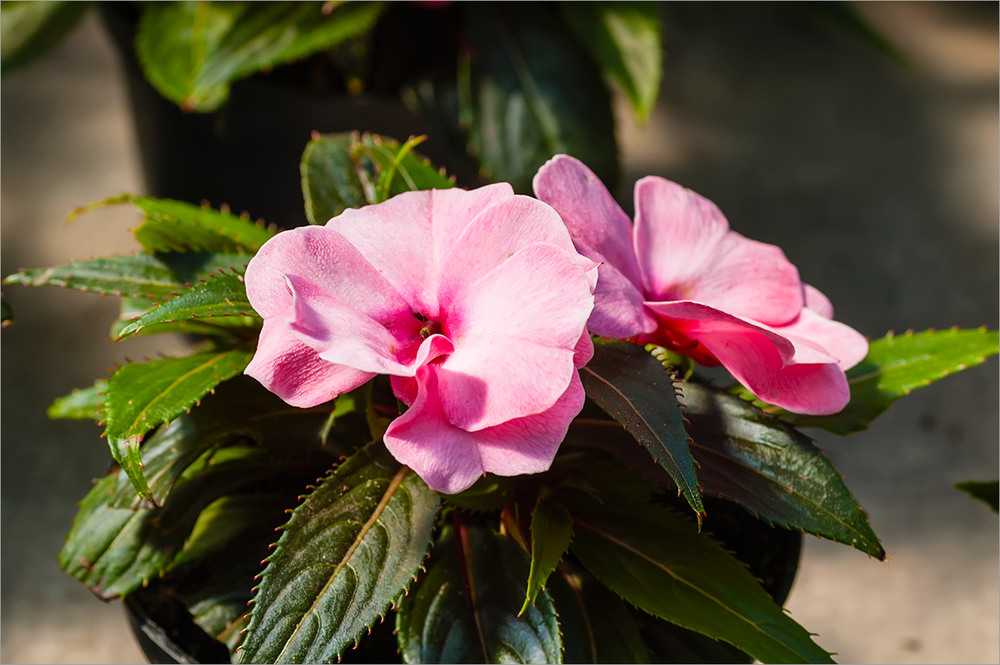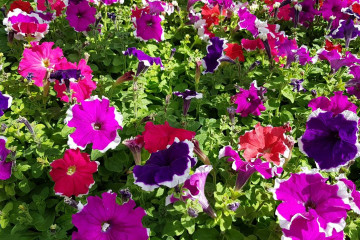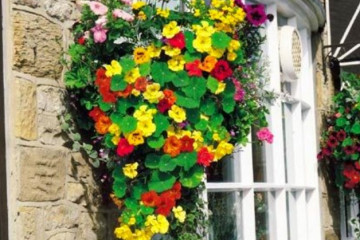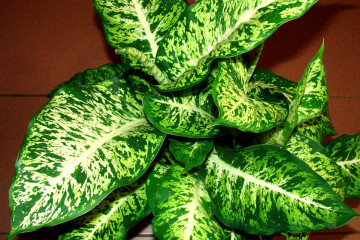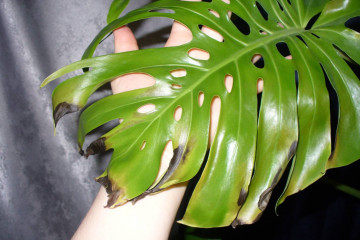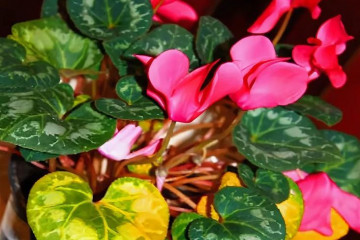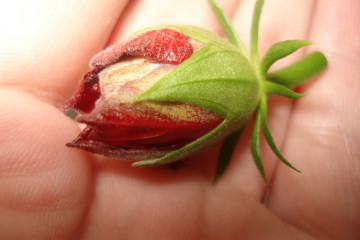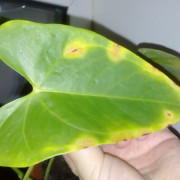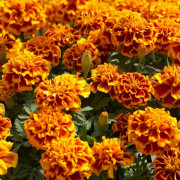Why do the leaves of indoor balsam turn yellow?
Content:
In the garden, balsam is grown as an annual crop, and in the room it is a perennial plant. Growing it in an apartment sometimes causes difficulties for flower growers. The most common problem is yellowing of the leaves and their subsequent fall. To help the plant, it is necessary to determine the causes of its ailment and only then take action.
Reasons associated with improper care
Indoor balsam can be attributed to plants that are capricious and demanding to care for. The slightest deviation from the rules can lead to a deterioration in the condition of the flower. First of all, this applies to leaves, since a change in their appearance is a signal of non-compliance with the requirements for care and maintenance.
Why do balsam leaves turn yellow:
- Insufficient air humidity. This problem is especially acute in winter, when batteries negatively affect the level of humidity.
- Failure to comply with the irrigation schedule. Balsam does not tolerate both waterlogging of the soil and drought. The soil should be moistened moderately and often, as it dries up by 1-2 cm.
- Sun exposure. Diffused light is preferred for a flower. Exposure to direct sunlight can scorch the delicate leaves, causing them to turn yellow and fall off.
- Insufficient nutrient soil. Balsam transplant with complete soil replacement is carried out at least 2 times a year. This is especially true with insufficient feeding.
- Wrong pot size. Too small capacity leads to accelerated depletion of the soil and slower growth, and too large - to stagnation of water in the soil.
- Low temperature. Under the influence of low temperatures (below +14 ° C), the leaves may turn yellow, or the flower will begin to shed them.
Diseases and pests as the cause of yellowing of leaves
If the plant is provided with full care and favorable conditions are created, but it still looks unimportant, a reasonable question arises as to why the leaves of balsam fall off and their color changes. The cause may be disease or pest infestation.
Spider mites often appear on the plant from insects. It is quite difficult to get rid of it, so the processing must be carried out immediately.
Falling leaves are also caused by diseases - powdery mildew and gray rot. Then, in addition to processing, a flower transplant should be carried out with a complete replacement of the soil and pot.
How to help a plant
After determining why the balsam leaves fall off and turn yellow, the following actions can be taken:
- reducing or increasing watering;
- transplanting a plant into a pot of a suitable diameter;
- maintaining optimal temperature conditions;
- increased humidity in the room;
- providing protection from direct sunlight.
If disease is the cause, vigorous pruning may be necessary to remove yellowed leaves. If root rot is damaged during transplantation, the damaged roots are removed.In addition to these measures, treatment with special preparations is necessary.
Yellowing of the leaves is a common problem faced by balsam owners. For its full growth, careful adherence to the rules for care and maintenance is required. Measures to save the plant should be taken only after the answer to the question of why the leaves of balsam fall off and turn yellow has been found.
